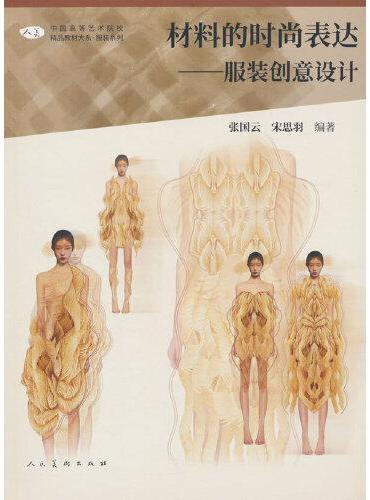
 |
登入帳戶
| 訂單查詢
| |
||
| 臺灣用戶 |
| 品種:超過100萬種各類書籍/音像和精品,正品正價,放心網購,悭钱省心 | 服務:香港/台灣/澳門/海外 | 送貨:速遞/郵局/服務站 |
|
新書上架:簡體書
繁體書
十月出版:大陸書
台灣書 |
|
|
||||
|
新書推薦:  《 山西寺观艺术彩塑精编卷 》 售價:HK$ 1680.0  《 积极心理学 》 售價:HK$ 55.8  《 自由,不是放纵 》 售價:HK$ 54.9  《 甲骨文丛书·消逝的光明:欧洲国际史,1919—1933年(套装全2册) 》 售價:HK$ 277.8  《 剑桥日本戏剧史(剑桥世界戏剧史译丛) 》 售價:HK$ 201.6  《 中国高等艺术院校精品教材大系:材料的时尚表达??服装创意设计 》 售價:HK$ 76.2  《 美丽与哀愁:第一次世界大战个人史 》 售價:HK$ 143.4  《 国家豁免法的域外借鉴与实践建议 》 售價:HK$ 188.2
|
|
| 書城介紹 | 合作申請 | 索要書目 | 新手入門 | 聯絡方式 | 幫助中心 | 找書說明 | 送貨方式 | 付款方式 | 香港用户 | 台灣用户 | 大陸用户 | 海外用户 |
| megBook.com.hk | |
| Copyright © 2013 - 2024 (香港)大書城有限公司 All Rights Reserved. | |